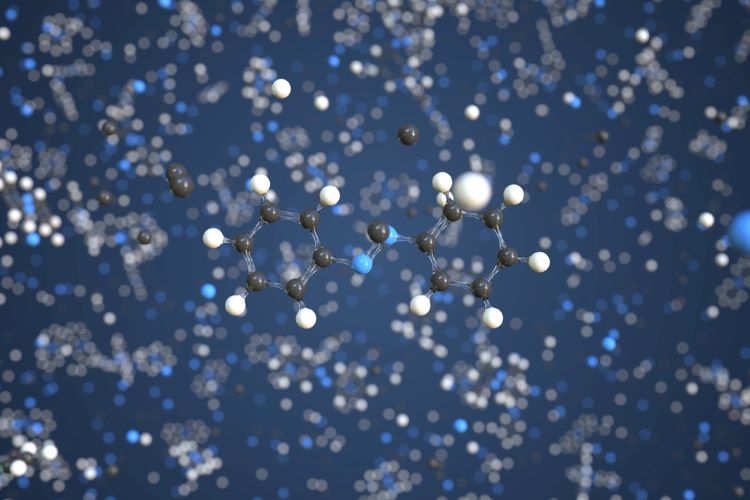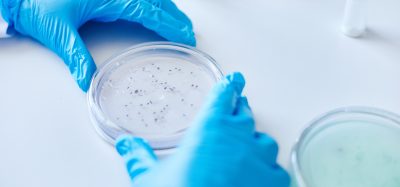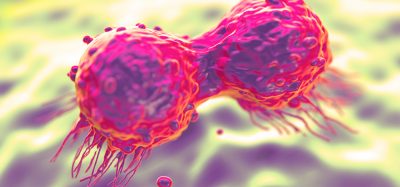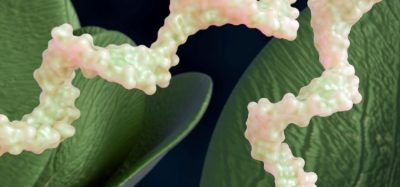Enhancing chromatographic protein purification with light
The method offers an alternative approach for efficient control in affinity chromatography as a separation technique, researchers propose.
Researchers have demonstrated a generic affinity (bioaffinity) chromatography method that enables recombinant protein purification via UV light.
Use of Excitography (light-controlled single-step protein purification) did not require “competing agents or harsh buffer conditions as is standard in these processes”. It operated “under native buffer conditions in a functional state and, optionally, in a high-throughput fashion”, Mayrhofer et al. explained.
The azobenzene group of chemicals have a light-switchable shape and binding properties. The authors stated that their approach enables specific elution of the protein of interest (POI) from the chromatography matrix in a physiological buffer soley with light. It is based “on the considerable change in structure and, consequently, affinity between the azobenzene moiety of Pap and an α-CD matrix”.
The light-responsive Azo-tag utilised in this method comprises of a “short peptide comprising p-(phenylazo)-L-phenylalanine (Pap), whose side chain can be switched from its trans-ground state to the metastable cis-configuration by irradiation with mild UV light”.
The Azo-tag can be easily implemented into a POI via gene cloning. It enabled one-step purification of the POIs “from complex biological samples or extracts to homogeneity in a quality comparable or better than to established systems”, the authors stated.
Analysis of the chromatography method
During the study, the team observed a high separation efficiency. This could be explained by “the absence of background binding activity of the α-CD matrix towards most bacterial host cell proteins (or common metabolic cofactors) or cell culture proteins, which are quickly washed out of the column under mild buffer flow.”
For two different intensely coloured reporter proteins mScarlet and Azurin, “α-CD affinity chromatography appeared similar with both the N-terminal and the C-terminal Azo-tag, the latter showing just slightly better performance”.
“On the other hand, the light-induced purification of the N-terminally tagged [superfolder GFP (sfGFP)] was comparable to other POIs whereas retention on the α-CD affinity column with a C-terminal Azo-tag was strongly reduced. Interestingly, for the monomeric enzyme AmpC the opposite was the case”.
Potential future applications
Mayrhofer et al. added that the simplicity of implementing a cheap LED device should lead to smarter applications eg, “an affinity matrix exerting light-switchable binding properties by itself”.
Use cases [for Excitography] could even extend to industrial scale if using column setups that allow internal illumination, for example via light conductors, from within the chromatography bed”
The authors suggested, based on the findings, “the SPOT Pap-peptide screen and the circumstance that the Azo-tag”, theoretically work both “at the N- and the C-terminus of a POI”. Therefore, potential future applications include “exposing the Pap side chain elsewhere on the protein surface, or as part of a linker in a fusion protein, provided that there is sufficient sterical accessibility”.
Looking ahead, the team stated that further applications for Excitography range from “one-step protein purification for research purposes at the bench-top scale to automated high-throughput screening campaigns in microtiter plates”. Use cases could even reach “to industrial scale if using column setups that allow internal illumination, for example via light conductors, from within the chromatography bed”, according to Mayrhofer et al.
This paper was published in Nature Communications.










